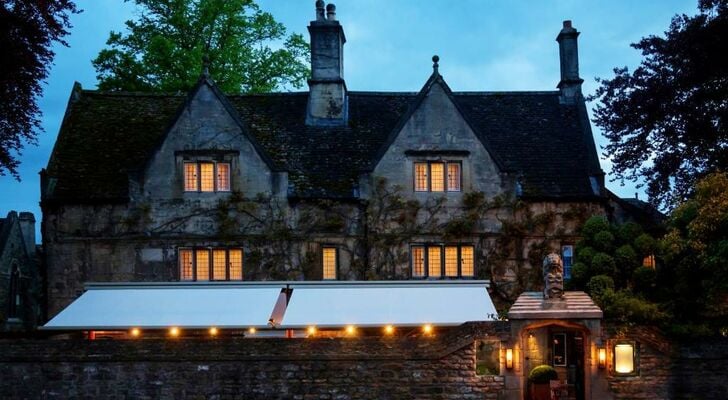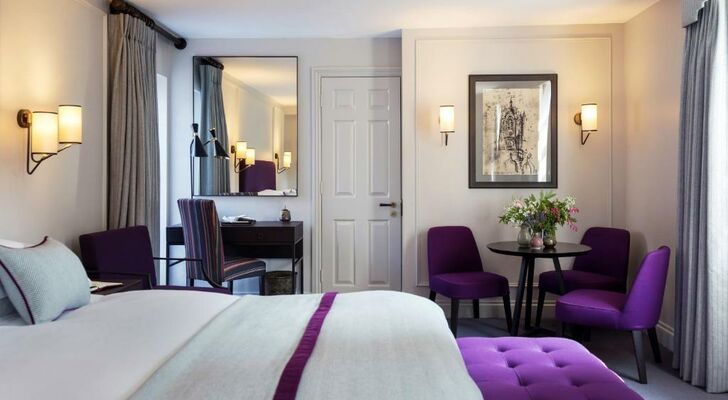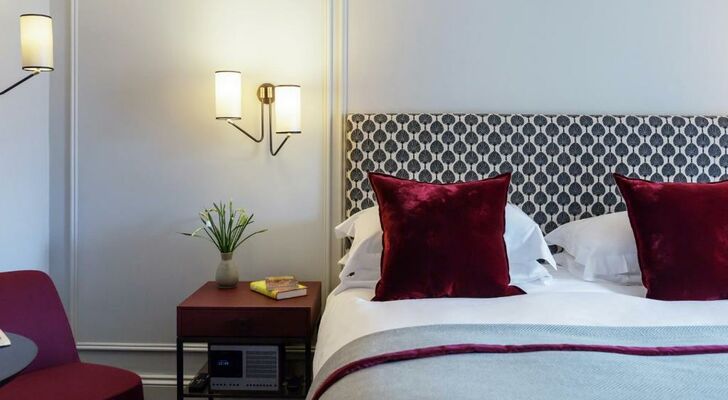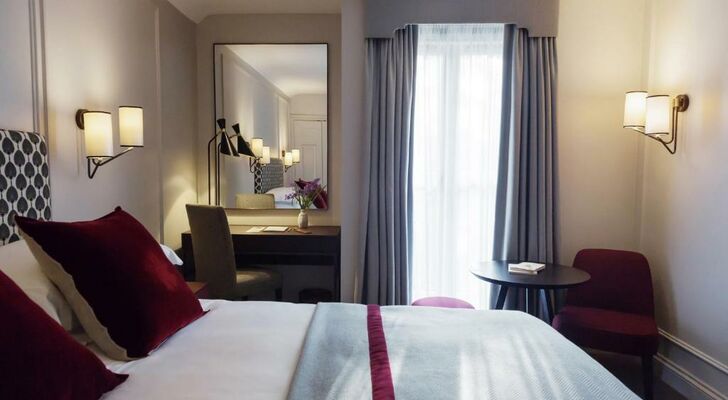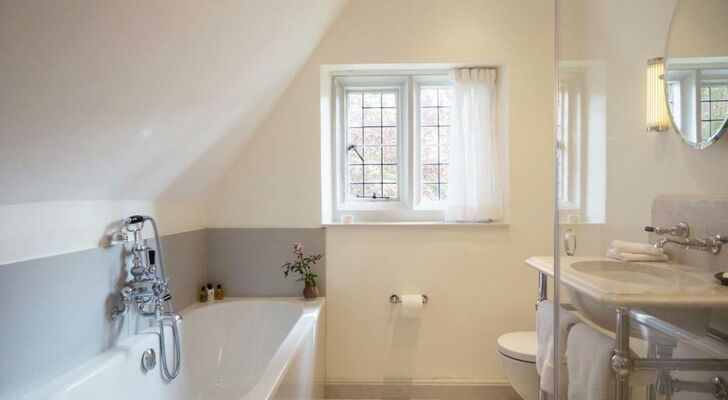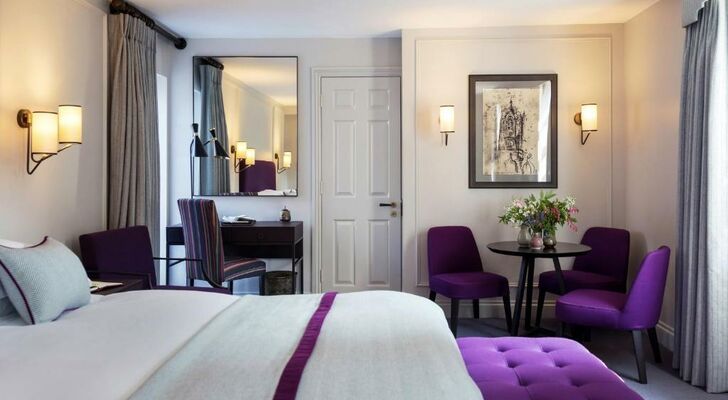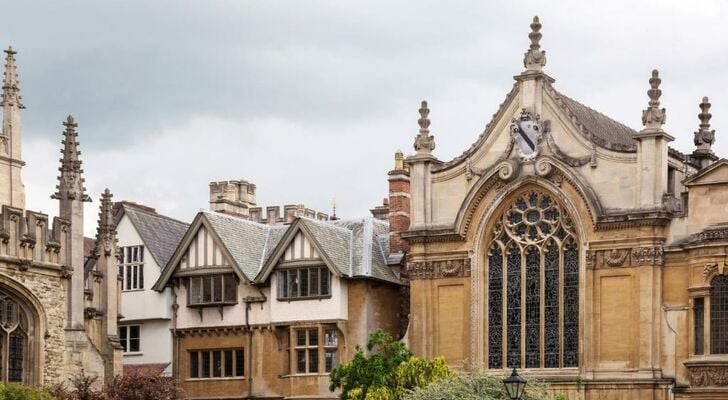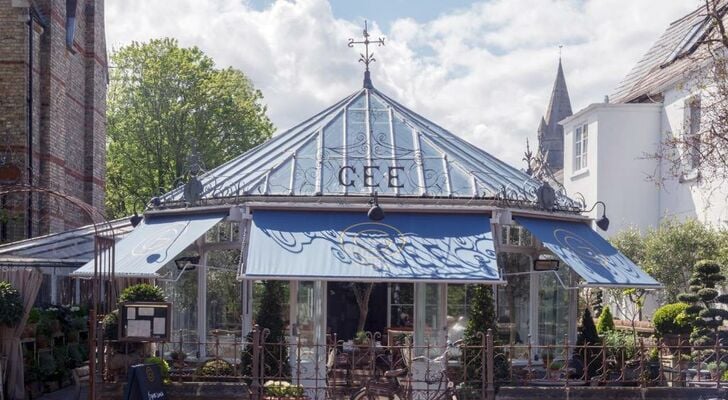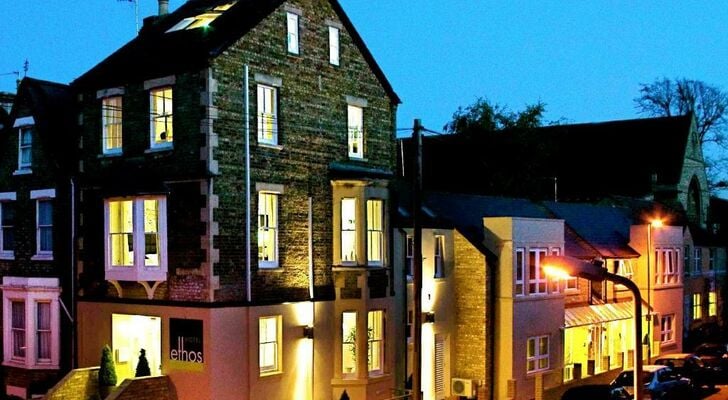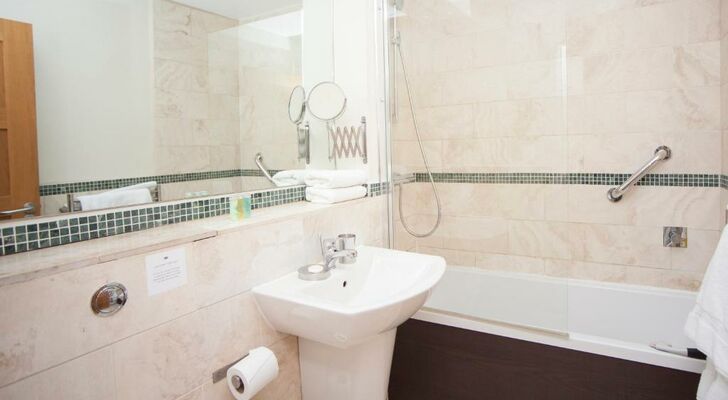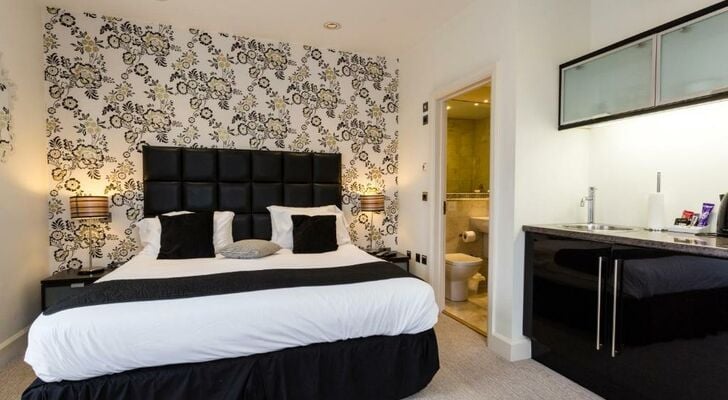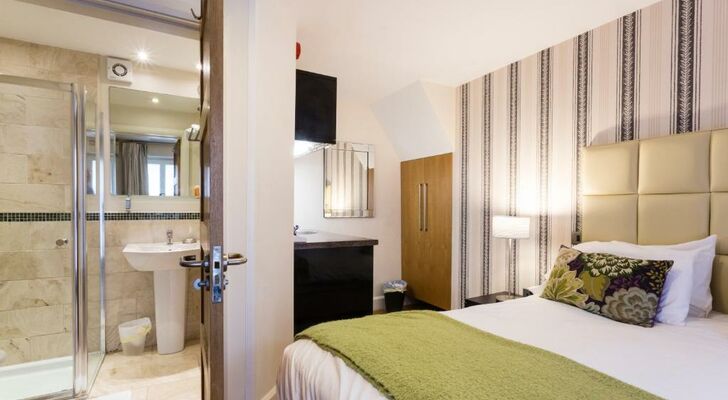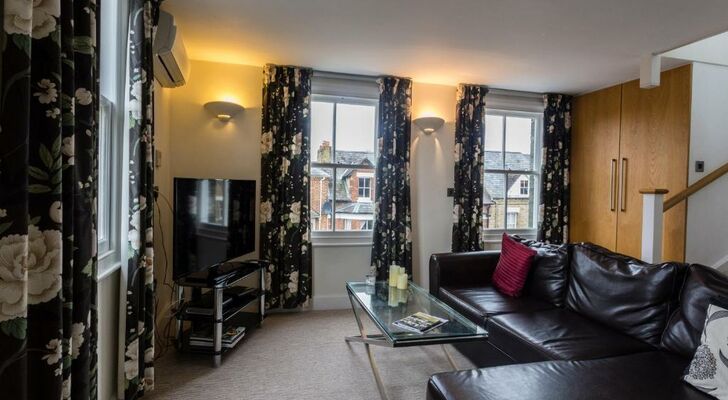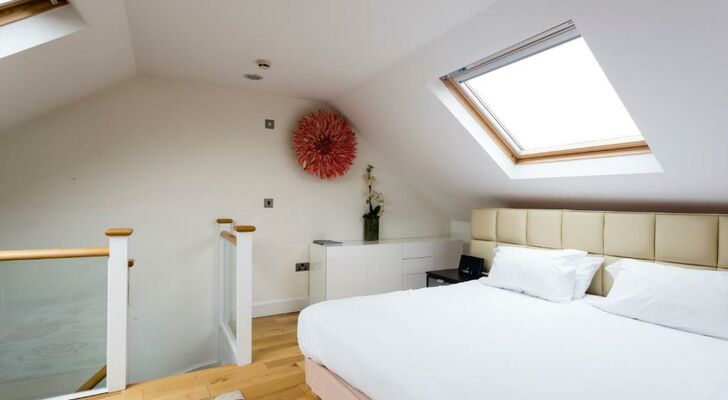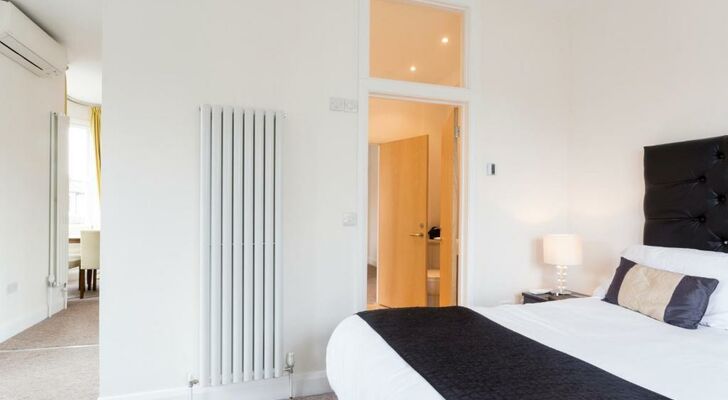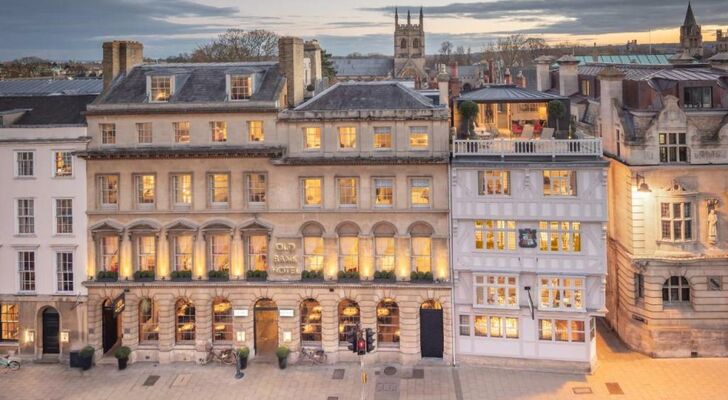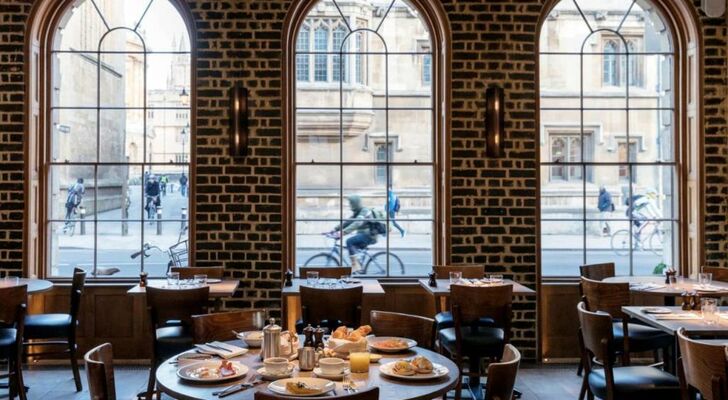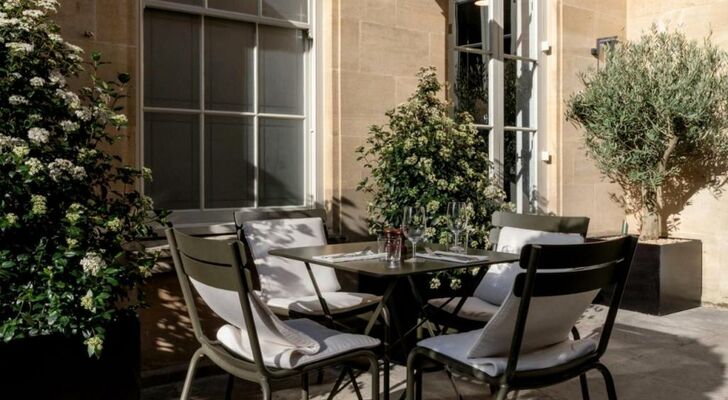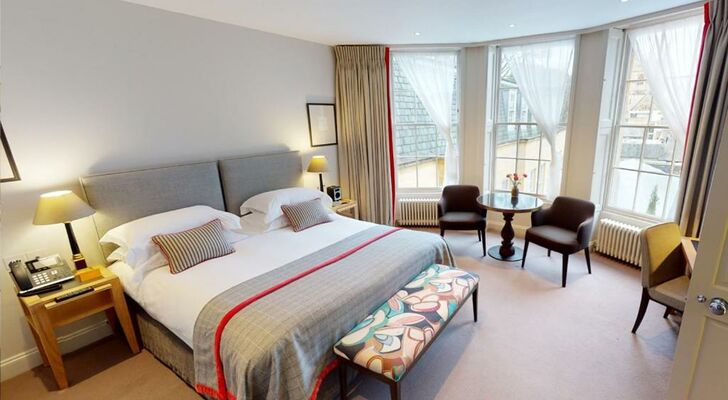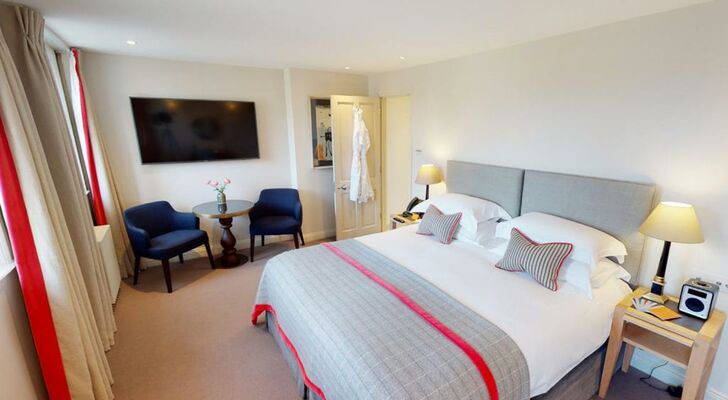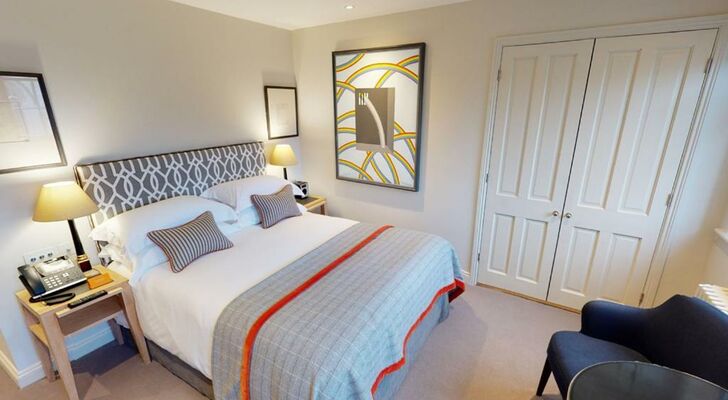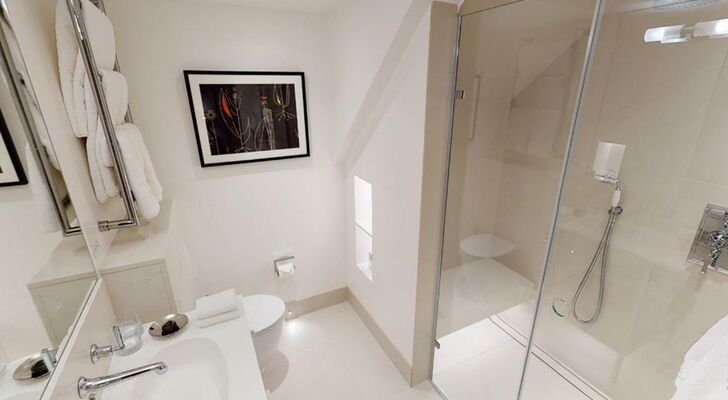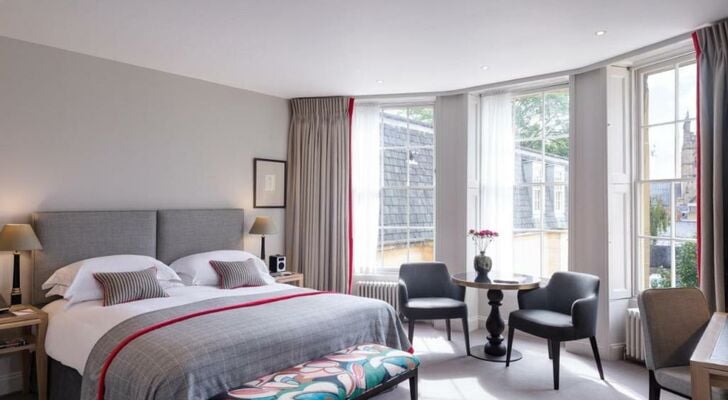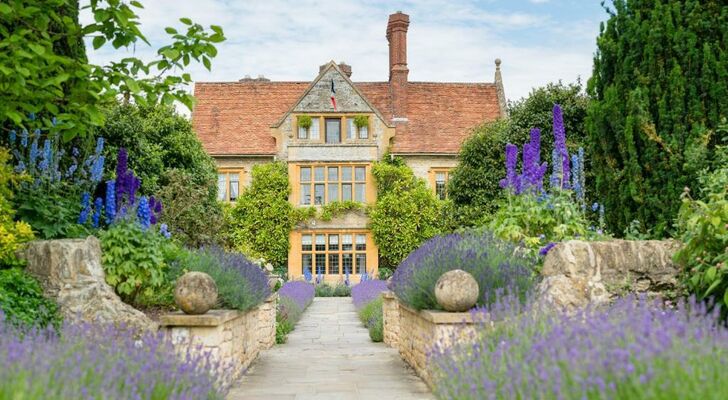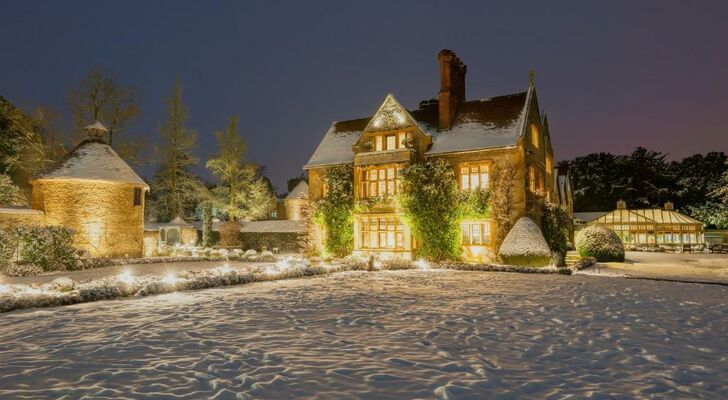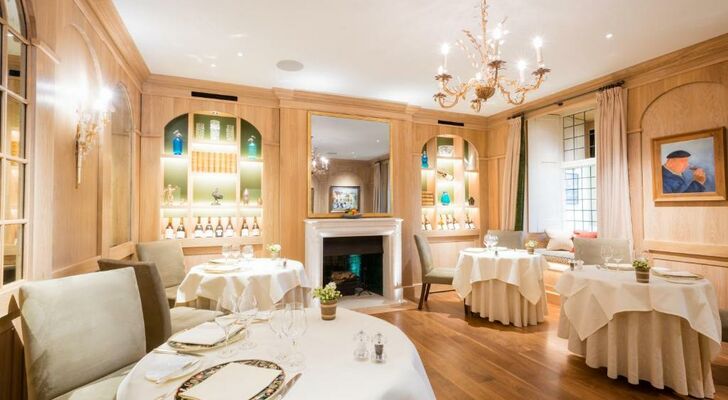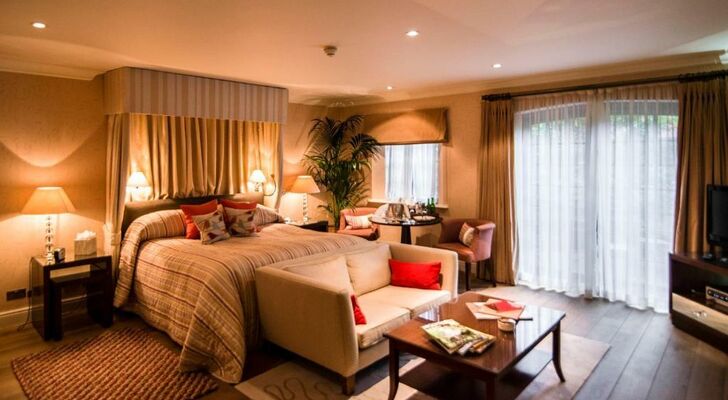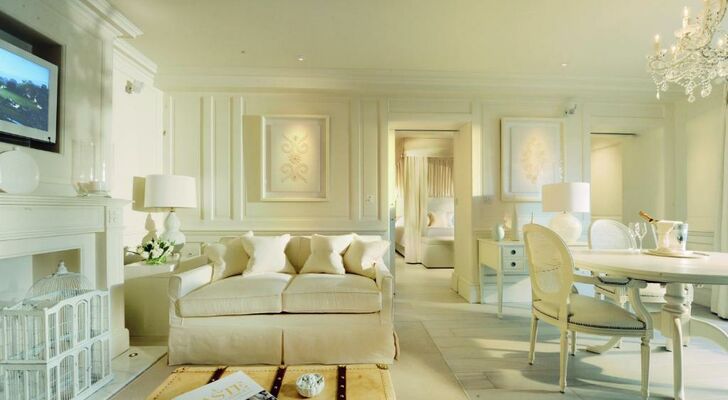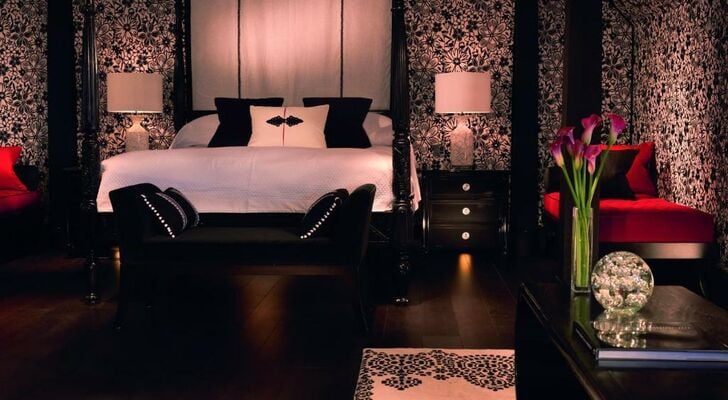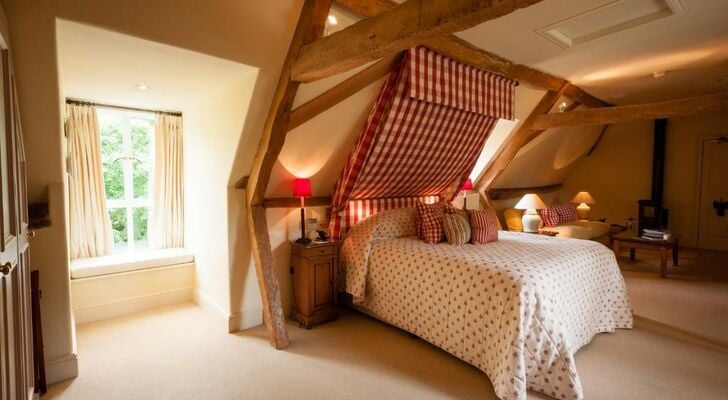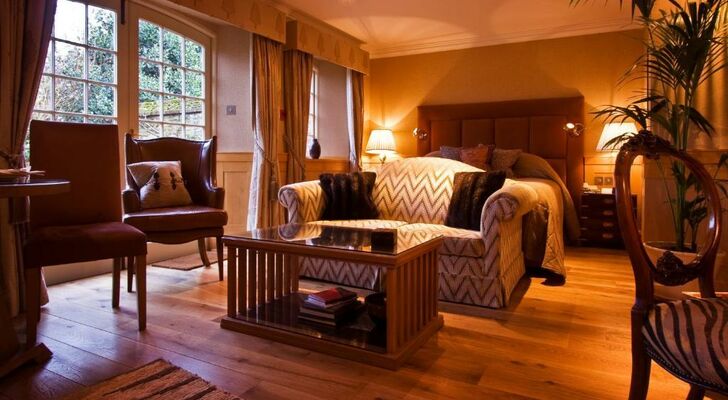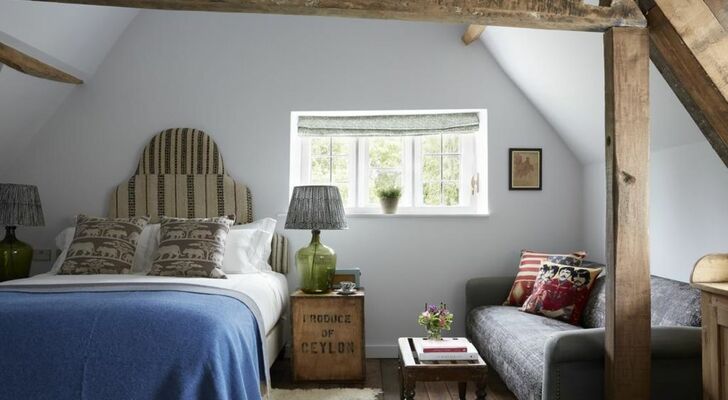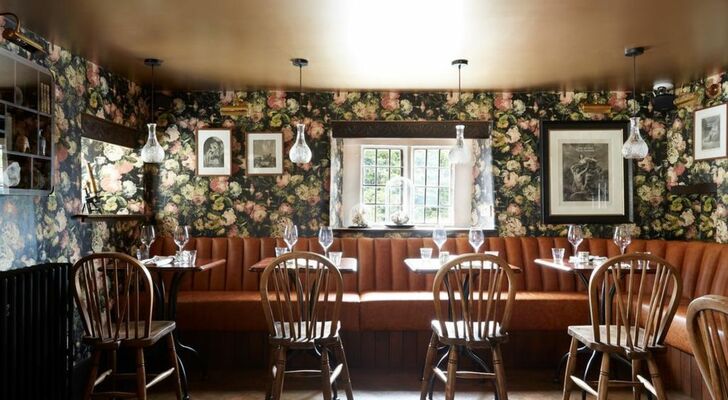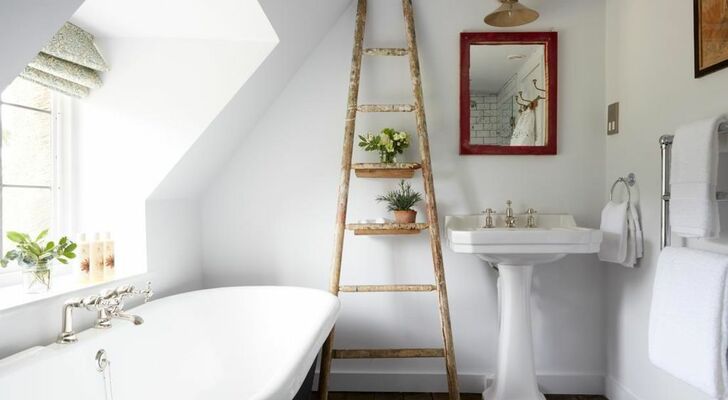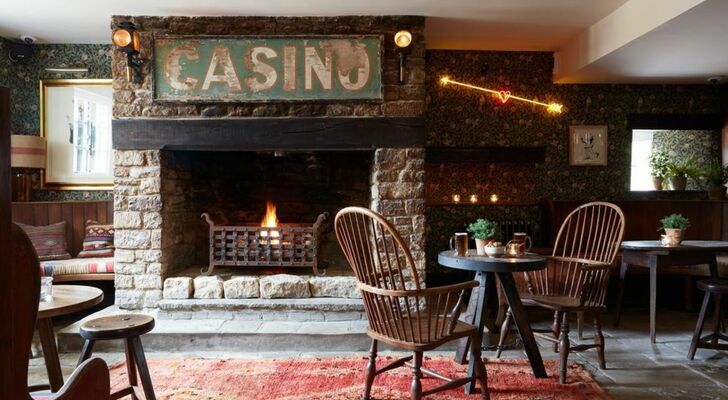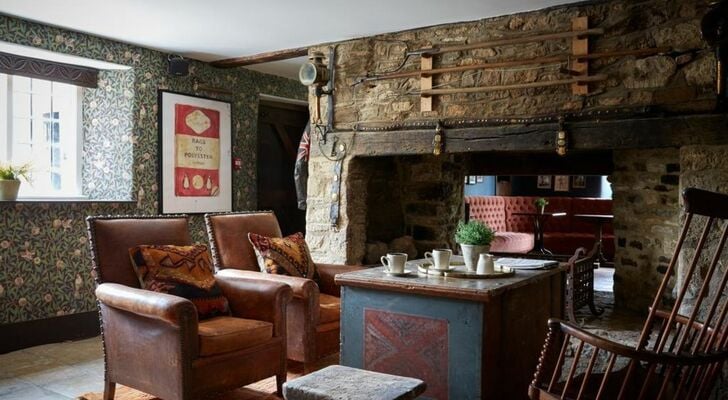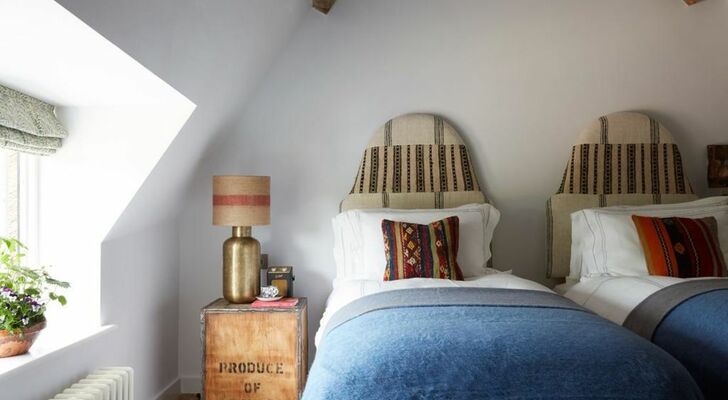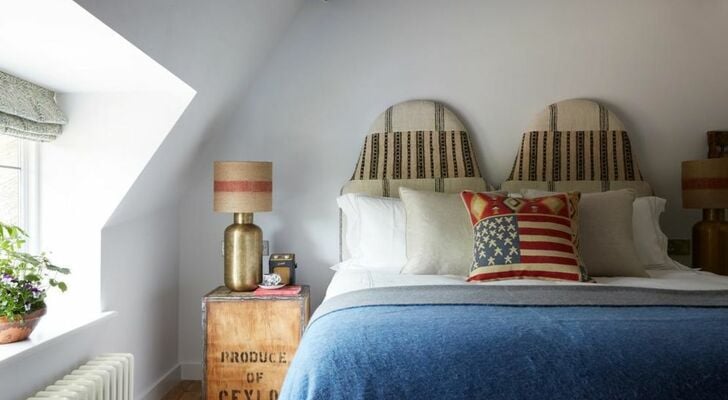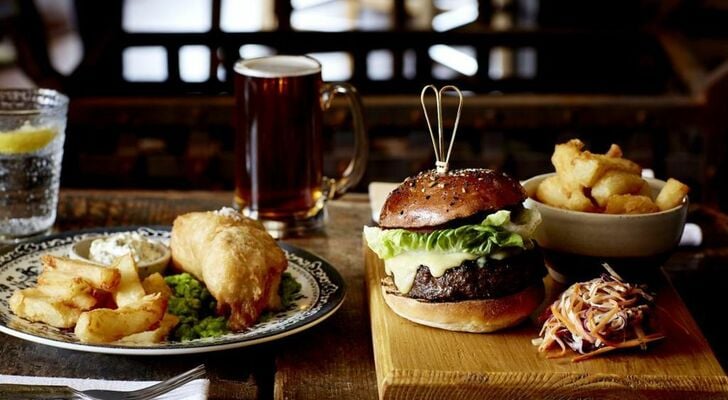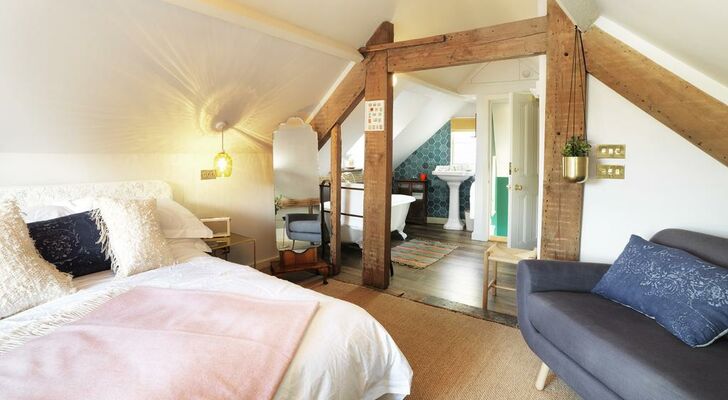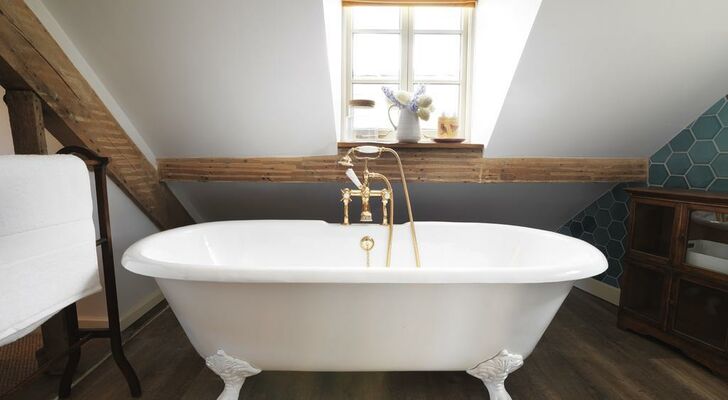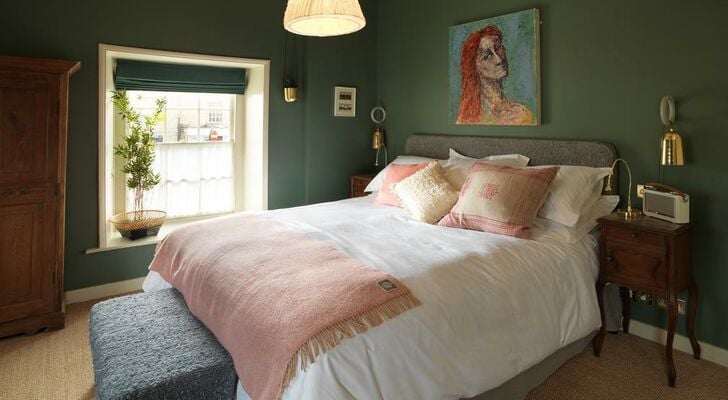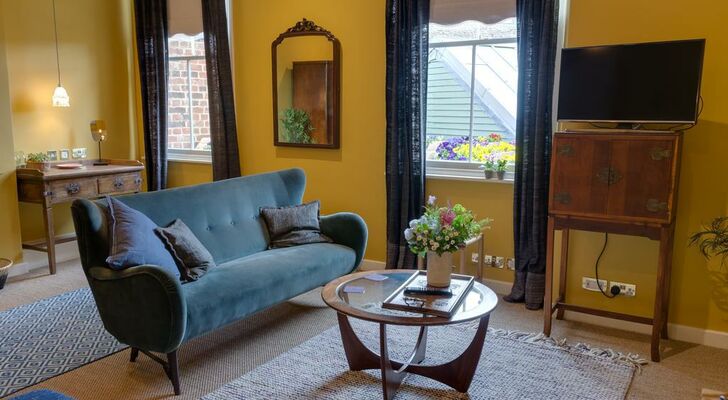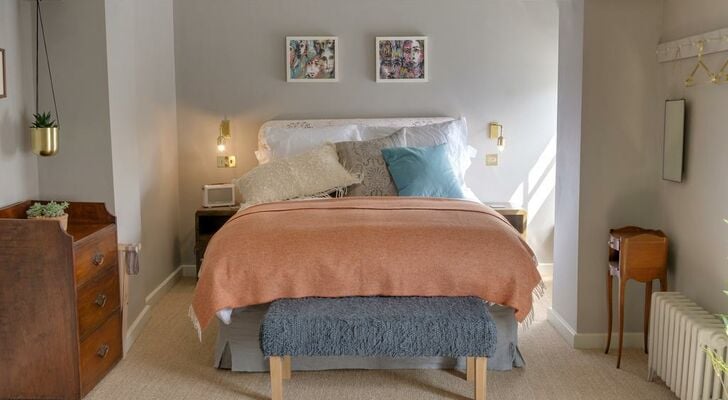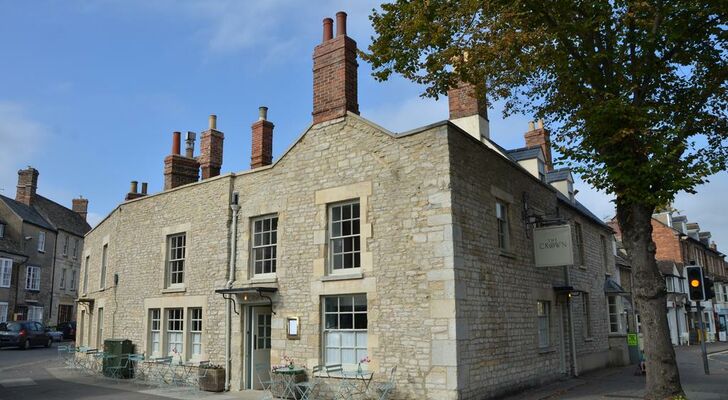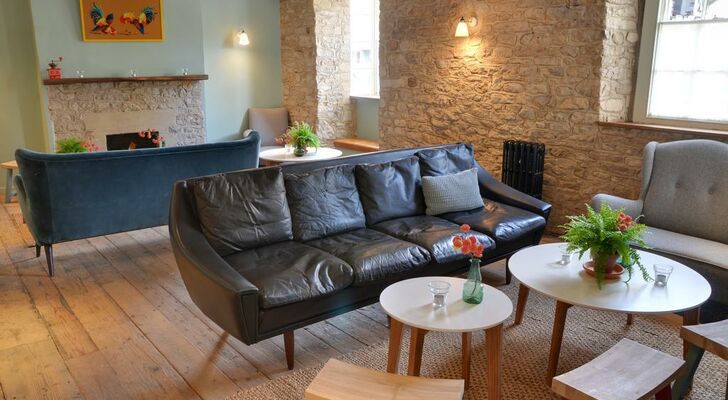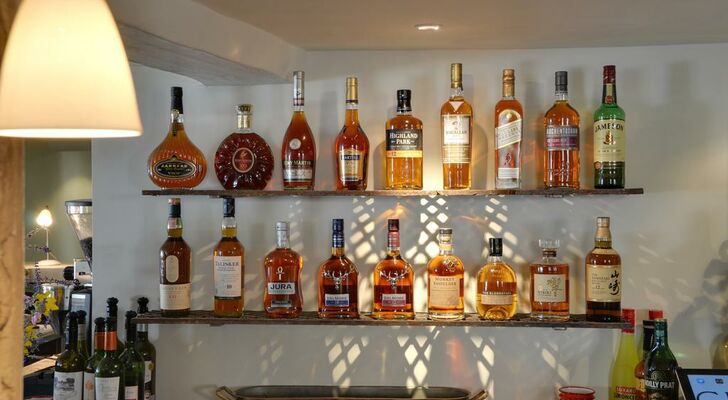Luxury and Boutique Hotels Oxford 7 Boutique hotels
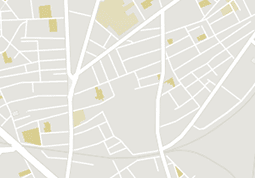
Oxford is a historic city on the River Thames in England. The university was founded in 1096, with the first scholars arriving in 1167. The school was closed during the English Civil War (1641–1651), but it reopened after the war ended. Notable alumni include J.R.R Tolkien and C S Lewis.
Old Parsonage Hotel ★★★★
Ethos Hotel ★★★★
The Old Bank ★★★★
Malmaison Oxford ★★★★
Le Manoir aux Quat'Saisons, A Belmond Hotel, Oxfordshire ★★★★★
Artist Residence Oxfordshire
The Crown
- «
- 1
- »
North Oxford
North Oxford is one of the most desirable areas of Oxford and contains some of its most famous landmarks. It's home to the University of Oxford and many of its colleges (including Christ Church College), as well as the Botanic Garden and Radcliffe Camera.
The University of Oxford
Oxford is one of the world's leading universities. It has been a center for learning for over 900 years, and it is one of the oldest universities in the world.
The University of Oxford has 38 colleges and 6 permanent private halls, all with their own individual characteristics and traditions.
The Ashmolean Museum
You'll find the Ashmolean Museum on Broad Street, Oxford. It was founded in 1683 and is now Britain's oldest public museum. The Ashmolean houses a collection of more than 250,000 objects, including paintings by Rembrandt and Turner as well as ancient Egyptian treasures.
Radcliffe Camera
Radcliffe Camera is a library and museum in Oxford, England. It was built in 1737 to house the Radcliffe Infirmary, which later became part of a larger structure known as the Radcliffe Science Library. Since then, it has housed many different collections.
Today, it houses works from some of Oxford University's most famous writers and philosophers: Isaac Newton had his manuscripts here until they were removed for safekeeping during World War II; Charles Darwin's notebooks are also kept here, and there are several other pieces of literary history.
Sheldonian Theatre
The Sheldonian Theatre is the principal site of the University of Oxford's graduation ceremonies and is considered one of the most important examples of Renaissance architecture in England.
Built-in 1664 under the auspices of Archbishop Gilbert Sheldon, it was designed by Christopher Wren. The building's original purpose was to house the university library, which at that time was housed in a small room within Balliol College. By 1770, however, this space could no longer accommodate students and books, so a decision was made to build a new library elsewhere on Broad Street. This left only one thing to use the space for graduation ceremonies!
Christ Church College
Christ Church is the largest college in Oxford, and it’s also one of the oldest. Founded in 1519, Christ Church was originally created as a place where students could study theology. The college is built around a quadrangle with four sides; each has buildings that house various rooms and offices for the college members. The most famous building is the chapel (pictured), which has impressive architecture and stained glass windows.
Christ Church also has a dining hall where students can eat breakfast or lunch during their time at Oxford University.
Botanic Garden
The Botanic Garden is one of Oxford's most beautiful places to visit. A large collection of plants and flowers from around the world are displayed in a variety of settings, including the rock garden, pond garden and arboretum. There is also a children's garden, restaurant, and shop, as well as ample space for picnics. It’s free to enter, so why not pay a visit?
Thames River Cruises and Punting in Oxford
Oxford is a beautiful city on the Thames River. The river itself is a great attraction, and you can get a wonderful view of the city by taking one of several different boat tours or river cruises. You may also want to try punting in this charming town, which you can do by hiring a punt at the boathouse along the river.
Bridge of Sighs
The Bridge of Sighs is a bridge in Oxford, England that crosses the River Cherwell. It is located on the west side of the University of Oxford Botanic Garden, built in 1829 and designed by James Gillespie Graham.
In Victorian times it was known as "Bridge of Sighs" after Venice's famous Bridge of Sighs which was built in 1591 to connect Terraferma with Venice's prison island.
Bodleian Library
The Bodleian Library is the main research library of the University of Oxford in England. The library opened in 1602 and is one of the oldest libraries in Europe, second only to the Vatican Library. It was founded by Thomas Bodley, who saw a need for more books at Oxford University after a fire destroyed many books on their shelves.
The library has been housed at several different locations over its history and now resides in a purpose-built building in central Oxford (known as the Radcliffe Camera), which opened in 1882.
There ' s so much to see and do in and around Oxford , you ' ll really have to plan your time if you want to get the most out of your trip .
There's so much to see and do in and around Oxford, you'll really have to plan your time if you want to get the most out of your trip. For example, plenty of museums worth visiting: The Ashmolean Museum, The Bodleian Library, The Pitt Rivers Museum and the Museum of Natural History all offer something different. You could also take a guided tour around town or even hire a bicycle from one of Oxford ' s many cycle shops. You can stay in one of our many B&Bs or hotels; there are plenty available for every budget!
We hope this list has given you some ideas of what to do in and around Oxford. If you have any questions, please don’t hesitate to contact us
